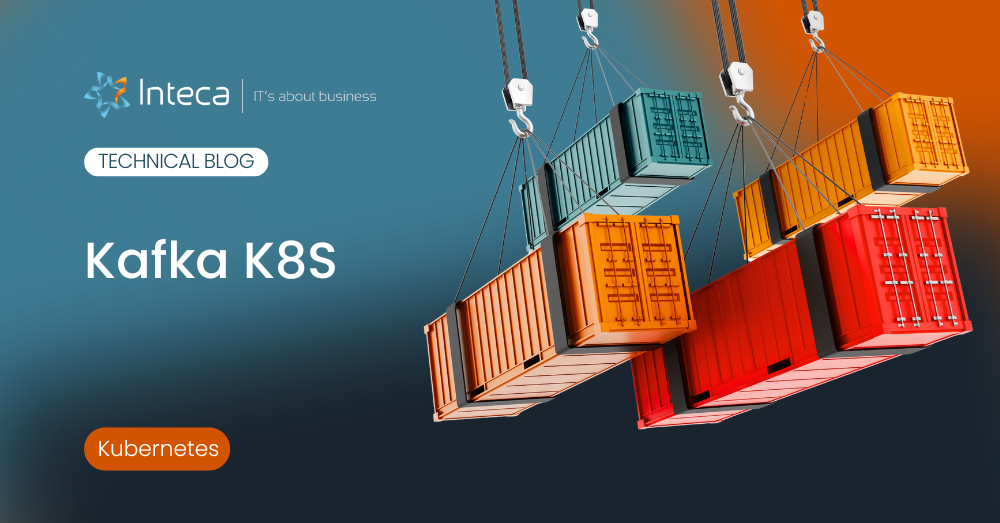- The purpose of this article is to explore the challenges faced by Java applications in terms of performance and resource consumption.
- We want to provide the reader with an understanding of the reasons behind these issues and introduce Quarkus as a solution to overcome these obstacles.
Introduction: Tackling Java’s Performance Challenges
Is your Java application struggling with slow startup times and high memory footprints? You’re not alone. Many developers face similar challenges when working with Java, especially in the context of microservices, serverless computing, and cloud deployments. In a world where efficient resource usage and rapid response times are crucial, Java applications must adapt and overcome these hurdles to stay competitive. In this blog post, we’ll explore the impact of traditional Java frameworks on performance and resource consumption, and how these issues affect cloud deployments and containerized environments. We’ll also introduce Quarkus, an innovative solution that offers a path towards faster and more efficient Java applications.
The Limitations of Traditional Java Frameworks
Java’s Memory Consumption Problem
Java is a powerful and versatile programming language, but it comes with its own set of challenges when it comes to memory management. Java applications rely on the Java Virtual Machine (JVM) for memory management and garbage collection. The JVM automatically allocates and deallocates memory for objects, which simplifies development but can lead to high memory footprints.
Garbage collection (GC) is a process that identifies and frees up memory that is no longer being used by the application. While GC helps prevent memory leaks, it can also contribute to increased memory consumption. The JVM’s garbage collector requires a certain amount of memory to operate, and in some cases, it may trigger frequent GC cycles, causing performance issues and further increasing memory usage.
Java’s Startup Time Dilemma
Java applications are notorious for their slow startup times. This is mainly due to the initialization process that takes place when a Java application starts. During startup, the JVM needs to load and initialize classes, perform Just-In-Time (JIT) compilation, and execute static initializers. These steps, while essential for the proper functioning of the application, can add considerable overhead and increase the time it takes for the application to become responsive.
Slow startup times can be particularly problematic in serverless and cloud environments, where applications need to be able to scale quickly in response to fluctuations in demand. In such environments, the ability to start up rapidly is essential for ensuring efficient resource usage and minimizing costs.
The Need for Better Performance in Modern Applications
As the demands of modern applications continue to grow, the need for better performance and resource efficiency becomes more critical. Users expect applications to be responsive and fast, and businesses must deliver on these expectations to remain competitive. Additionally, as cloud computing becomes more prevalent, the ability to run applications efficiently in containerized environments is crucial.
Failure to adapt to these new requirements can result in a suboptimal user experience and increased operational costs. In the worst-case scenario, it can even lead to businesses losing their competitive edge, as rivals who embrace more efficient technologies gain an advantage in the market.
Embracing the Quarkus Solution
Quarkus: A Game Changer for Java Performance
Enter Quarkus, a next-generation Kubernetes-native Java framework designed with performance and resource optimization in mind. Quarkus aims to address the challenges faced by traditional Java applications by offering significant improvements in startup time and memory footprint. By utilizing innovative techniques such as ahead-of-time (AOT) compilation and aggressive dead code elimination, Quarkus enables developers to build lightweight, high-performance Java applications that are better suited for modern cloud and containerized environments.
Quarkus: Optimizing Java for Cloud Environments and Containers
Quarkus takes advantage of several optimizations that make it ideal for cloud environments and containers. These optimizations not only reduce memory footprint and startup time but also simplify application development and deployment.
GraalVM Native Image Compilation
One of the key features of Quarkus is its support for GraalVM, a high-performance runtime that provides Just-In-Time (JIT) and Ahead-Of-Time (AOT) compilation. By leveraging GraalVM’s AOT compilation capabilities, Quarkus can generate native executables for Java applications. These native executables have significantly lower memory footprints and faster startup times compared to traditional Java applications running on the JVM.
Additionally, native compilation enables Java applications to be deployed without the need for a separate JVM, further reducing the resources required to run the application.
Build-Time Metadata Processing
Quarkus moves much of the traditional Java runtime processing to build time. This approach reduces the amount of work that needs to be done at startup and enables faster application initialization. By processing metadata, such as annotations and reflection information, during the build process, Quarkus can generate optimized bytecode and reduce the runtime overhead associated with these tasks.
This build-time optimization also helps to reduce the memory footprint of the application, as the JVM does not need to load and process metadata during runtime.
Extension-Based Framework
Quarkus uses an extension-based framework that allows developers to include only the functionality they need for their application. This approach helps to minimize the application’s memory footprint and startup time by eliminating unnecessary components and features.
Each Quarkus extension is designed with performance and resource optimization in mind, providing out-of-the-box support for various libraries and frameworks that developers commonly use in their Java applications.
Developer Productivity and Live Coding
Quarkus doesn’t just focus on performance; it also prioritizes developer productivity. The live coding feature in Quarkus allows developers to see changes in their code instantly, without needing to rebuild or restart their application. This capability significantly speeds up the development process and reduces the time it takes to test and iterate on new features or bug fixes.
Furthermore, Quarkus supports popular Java development tools and libraries, making it easy for developers to transition from other Java frameworks without having to learn new technologies or tools.
Conclusion: Embrace the Future of Java with Quarkus
Java applications no longer have to struggle with slow startup times and high memory footprints. With Quarkus, developers can build high-performance, resource-efficient applications that are better suited for modern cloud and containerized environments. By leveraging innovative optimizations like GraalVM native image compilation, build-time metadata processing, and an extension-based framework, Quarkus enables Java applications to overcome their traditional limitations and thrive in today’s dynamic and demanding environments.
Key takeaways:
- Quarkus is a Java framework designed to optimize Java applications for cloud and container environments, offering significant improvements in startup time and memory usage.
- GraalVM native image compilation enables Java applications to be compiled into native executables, reducing memory footprint and startup time.
- Build-time metadata processing shifts traditional Java runtime processing to build time, resulting in optimized bytecode and reduced runtime overhead.
- The extension-based framework allows developers to include only the required functionality, minimizing the application’s memory footprint and startup time.
- Quarkus’s live coding feature enhances developer productivity by allowing instant code updates without rebuilding or restarting the application.
Next Steps: Getting Started with Quarkus
Ready to start optimizing your Java applications with Quarkus? Here are some recommended steps to help you get started:
- Learn the basics: Familiarize yourself with Quarkus’s key features, optimizations, and development practices. The official Quarkus website and documentation provide a wealth of information and tutorials to help you learn the ropes.
- Experiment with a sample project: Create a simple Quarkus application to explore its features and capabilities. Use the Quarkus project generator to quickly set up a new project with the desired extensions and dependencies.
- Migrate an existing Java application: Try migrating an existing Java application to Quarkus and observe the performance improvements and resource usage reductions firsthand. Be sure to thoroughly test the migrated application to ensure compatibility and correct functionality.
- Monitor and optimize performance: Use performance monitoring tools to measure the improvements in your application’s startup time and memory usage. Continuously refine your application and Quarkus configuration to achieve the best possible performance.
- Share your experience: Join the Quarkus community to share your experiences, ask questions, and learn from other developers who have successfully adopted the framework. Engaging with the community can help you overcome challenges and discover new ways to optimize your Java applications.
By embracing Quarkus, you can unlock the full potential of your Java applications and adapt them to the ever-evolving demands of modern cloud and container environments. Don’t let slow startup times and high memory footprints hold you back – start your journey with Quarkus today and experience the future of Java application development.




